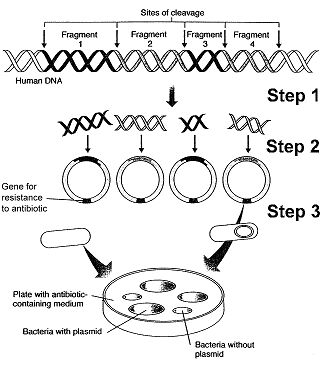Osmoconforming animals, such as the spider crab, that live in the open ocean show little ability to withstand large variations in salinity, while coastal animals, such as the closely related fiddler crab, show great ability to withstand large salinity changes. Explain why this is the case, considering the relevant abiotic features of both habitats
What will be an ideal response?
In the open ocean where the spider crab lives, salinity does not change drastically. Therefore, these animals do not need adaptations that allow them to withstand salinity changes. In contrast, the fiddler crab lives in muddy coastal estuarine areas where salinity fluctuates greatly. These animals have adaptations that allow them to survive in hyposaline or hypersaline waters.
You might also like to view...
If you were studying the ecology of a marsh community, what components would you need to consider?
What will be an ideal response?
New technology has made it possible to screen an individual’s entire genome, instead of testing for one genetic
disorder at a time. This technology uses ____________________ that carry DNA from the entire human genome. What will be an ideal response?
Refer to Figure 15-1. The use of antibiotic medium at the end of this process:

a. selects against plasmids containing human DNA fragments.
b. selects for plasmids containing particular DNA fragments.
c. selects for bacteria containing plasmids.
d. selects for bacteria lacking plasmids.
e. prevents contamination of the medium
Which of the following is an example of vertical transmission?
A. a sneeze transmitting a cold B. a mother transmitting syphilis to her fetus C. oral-fecal transmission involving a diaper D. drinking contaminated water E. a mosquito bite